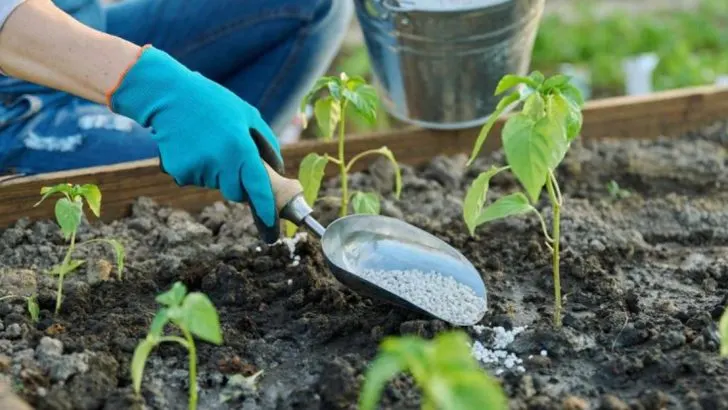Spring is the season of new growth, but a few common gardening mistakes in April can set your plants back or even ruin your beautiful spring blooms. From planting too early to overwatering or neglecting soil health, small missteps can have big consequences.
In this article, we highlight 15 April gardening mistakes that could cost you your spring blooms. By avoiding these pitfalls and following expert advice, you’ll ensure your garden thrives all season long. If you want to enjoy a yard full of vibrant flowers and healthy plants, make sure to steer clear of these costly errors!
Starting Planting Too Early
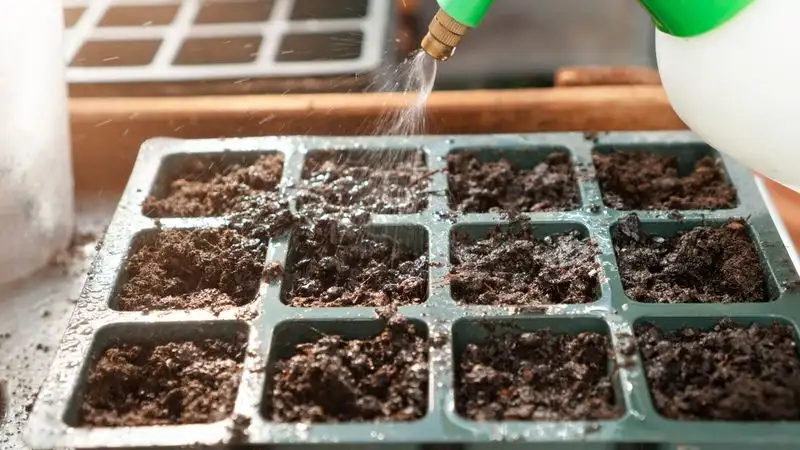
The eagerness to begin planting can often lead to choices that aren’t in the best interest of your plants. Starting too early in April might expose your precious blooms to unexpected frosts.
Cold temperatures can stunt growth or even kill young seedlings. To avoid this, use local frost dates as a guide and monitor weather forecasts closely. Patience is a gardener’s best friend during early spring, allowing the soil to warm up adequately before planting.
Ignoring Soil Preparation
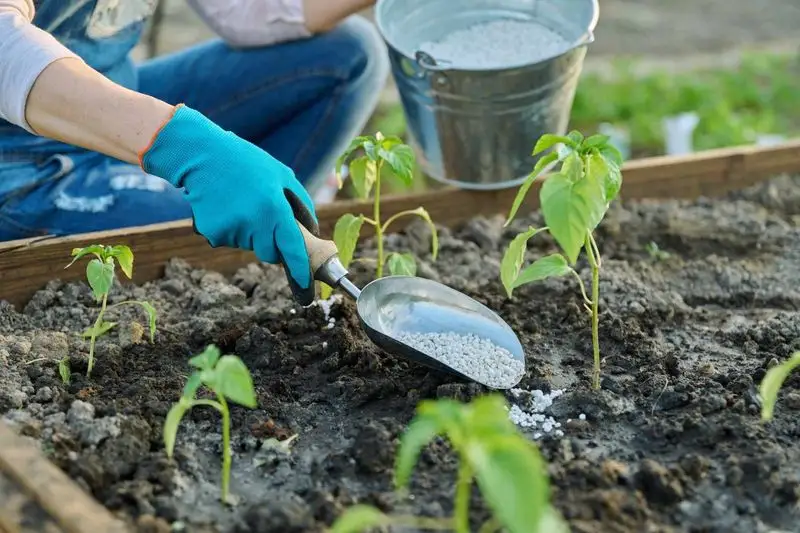
Soil health is foundational for any successful garden. However, many gardeners skip proper soil preparation. Unprepared soil can lack nutrients, impacting plant health and growth.
To avoid these issues, test your soil’s pH and nutrient levels. Amend with organic matter like compost to improve soil structure and fertility. Good soil preparation is an investment that pays off with robust blooms.
Overwatering Newly Planted Seeds
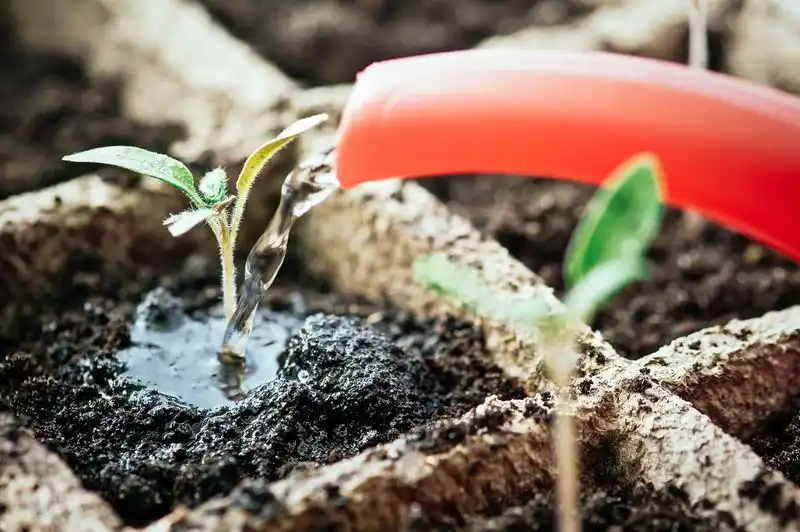
New gardeners often believe that more water equals better growth, but overwatering can lead to root rot and fungal diseases. Delicate seedlings need just the right amount of moisture to thrive.
Check soil moisture levels before watering; the top inch should be dry to the touch. Employing a drip irrigation system can provide consistent moisture without drowning young plants.
Neglecting Mulch
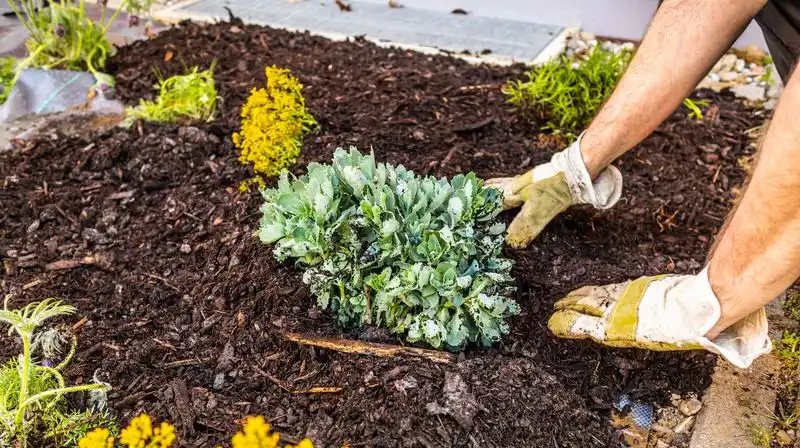
Mulch minimizes weed growth and retains soil moisture, yet it’s commonly overlooked. Without it, your garden may become a battleground against weeds and dry conditions.
Apply a 2-3 inch layer of organic mulch around plants, ensuring it doesn’t touch the stems. This simple step can dramatically enhance your garden’s health and appearance.
Crowding Plants Too Close Together
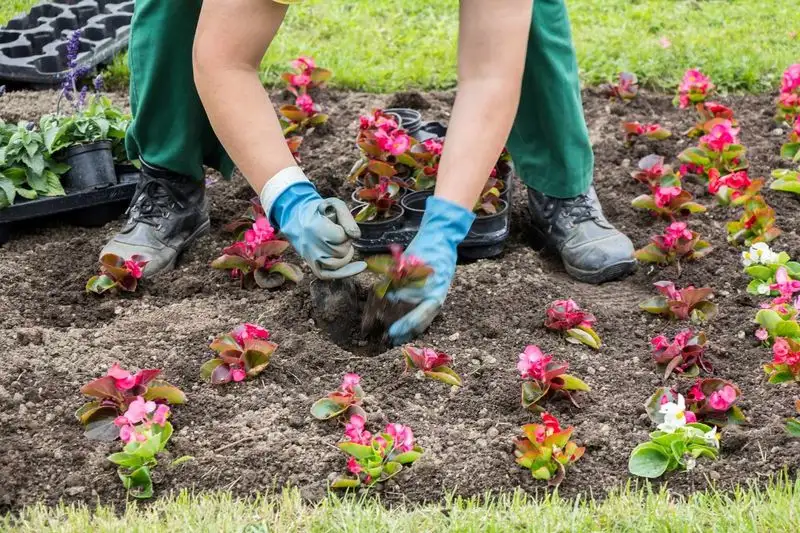
Plant spacing directly affects how well your garden thrives. Crowding plants can lead to competition for resources and increased susceptibility to diseases.
Follow plant-specific guidelines for spacing. This ensures each plant gets adequate sunlight and air circulation, crucial for preventing fungal infections and promoting growth.
Choosing Unsuitable Plants for Climate
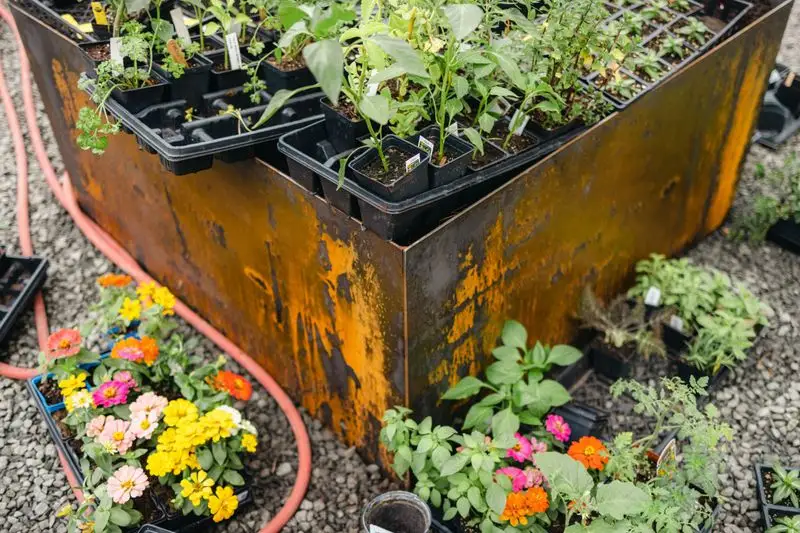
Choosing plants that don’t suit your local climate can lead to poor performance and frustration. Tropical plants, for example, may not thrive in cooler April temperatures.
Research your region’s climate and select plants that are well-suited to your environment. Native plants are often a reliable choice as they are adapted to local conditions.
Forgetting to Harden Off Seedlings

Introducing seedlings directly from indoors to the garden can shock them. They need gradual exposure to outdoor conditions.
Begin by placing seedlings outside for a few hours daily, increasing the duration over a week. This hardening-off process strengthens them against the elements, aiding in their successful transition.
Skipping Crop Rotation
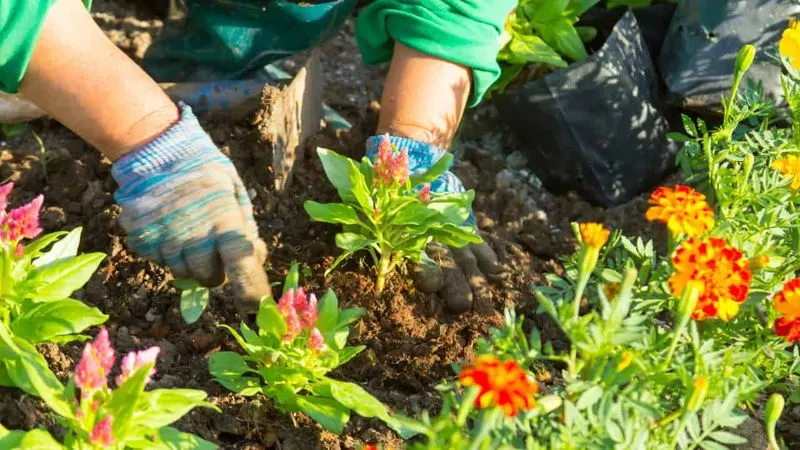
Crop rotation is crucial for preventing soil-borne diseases and nutrient depletion, yet many overlook it. Planting the same species in the same spot repeatedly can invite pests.
Rotate crops annually, grouping by family, to maintain soil health and reduce disease risks. This practice supports sustainable gardening and better yields.
Ignoring Pest Control Measures

Pests can quickly ruin spring blooms if not managed early. Ignoring pest control can lead to infestations that stress plants.
Regularly inspect plants and use organic methods like neem oil or beneficial insects to manage pest populations. Early intervention is key to keeping your garden healthy.
Failing to Prune

Pruning is essential for plant health but often neglected. Overgrown plants can become weak and susceptible to disease.
Prune in early spring to remove dead or damaged branches, encouraging new growth. Proper pruning shapes plants and improves air circulation.
Overlooking Plant Labels
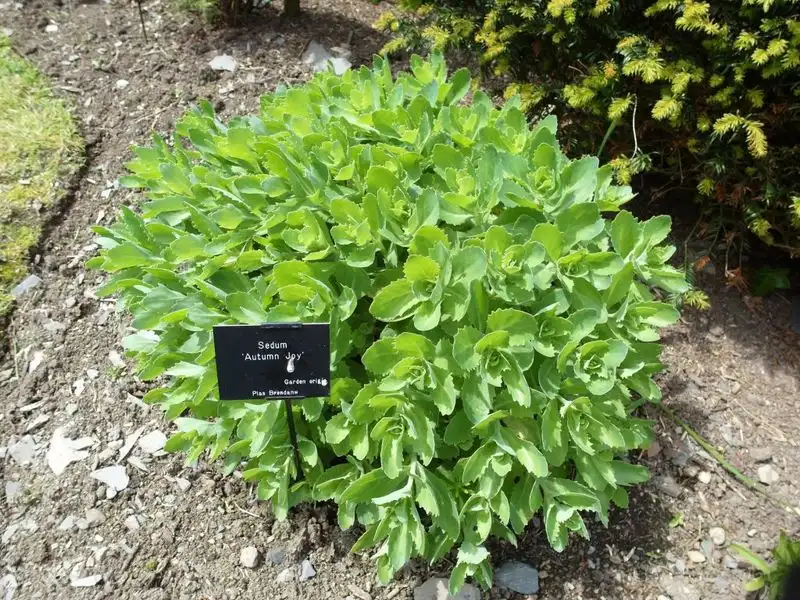
Plant labels provide critical care information, yet they’re frequently ignored or discarded. Without labels, it’s easy to forget specific needs and planting distances.
Keep labels intact or document the details elsewhere. This ensures each plant receives the appropriate care, contributing to a well-organized and thriving garden.
Neglecting Garden Tools Maintenance
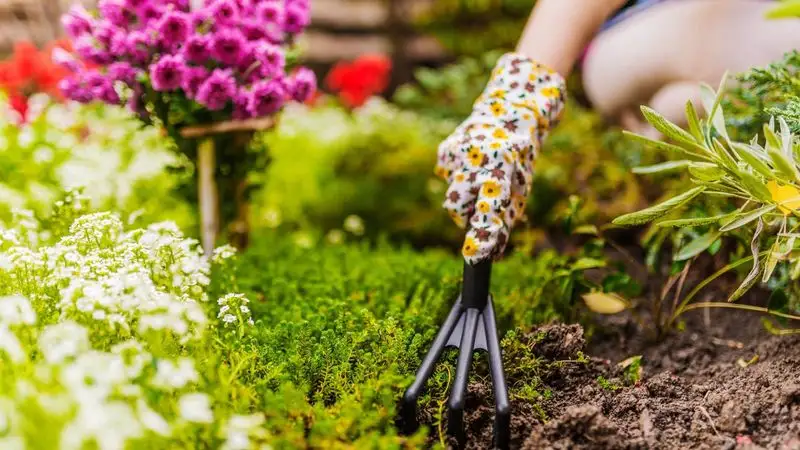
Tools are an extension of the gardener’s hands, but they require care to function well. Dull or rusty tools can damage plants and make gardening tasks more difficult.
Regularly clean, sharpen, and oil tools to keep them in top condition. Proper maintenance prolongs tool life and enhances gardening efficiency.
Ignoring Companion Planting Benefits

Companion planting can naturally enhance growth and pest resistance. Ignoring this strategy may result in missed opportunities for a healthier garden.
Research companion plants that benefit each other when grown together. This method supports a balanced ecosystem within your garden, reducing reliance on chemical interventions.
Planting Too Deep or Shallow

The depth at which you plant can determine survival and growth. Incorrect planting depth hinders root development and water absorption.
Follow specific depth guidelines for each plant type. This attention to detail lays the foundation for strong and healthy plants, ensuring they thrive well into the season.
Disregarding Weather Conditions
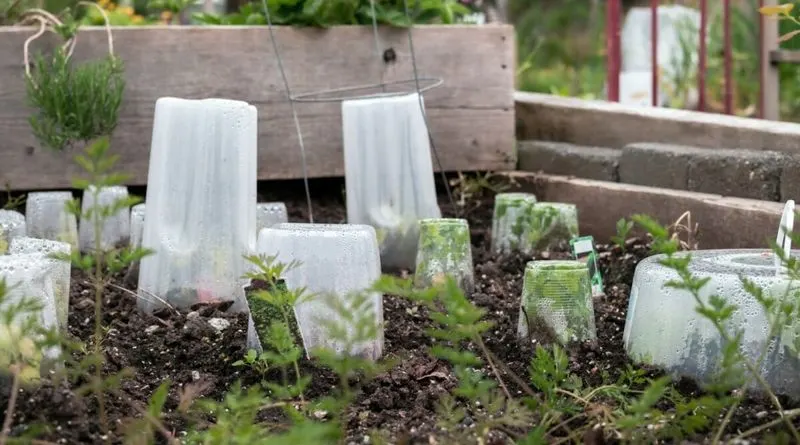
Weather plays a significant role in plant health. Ignoring forecasts can expose your garden to unexpected conditions.
Stay informed about weather changes and protect plants from harsh elements with covers or windbreaks. Proactive measures safeguard your garden, helping it flourish despite unpredictable weather.

